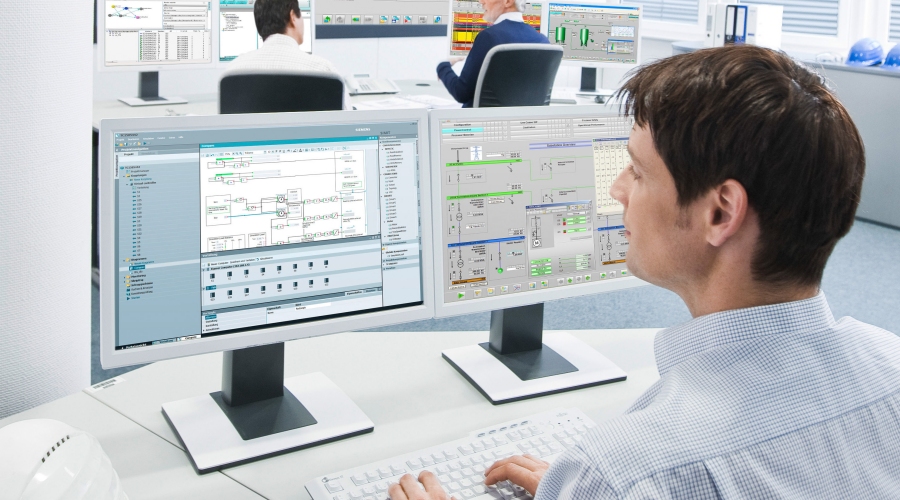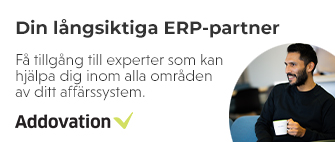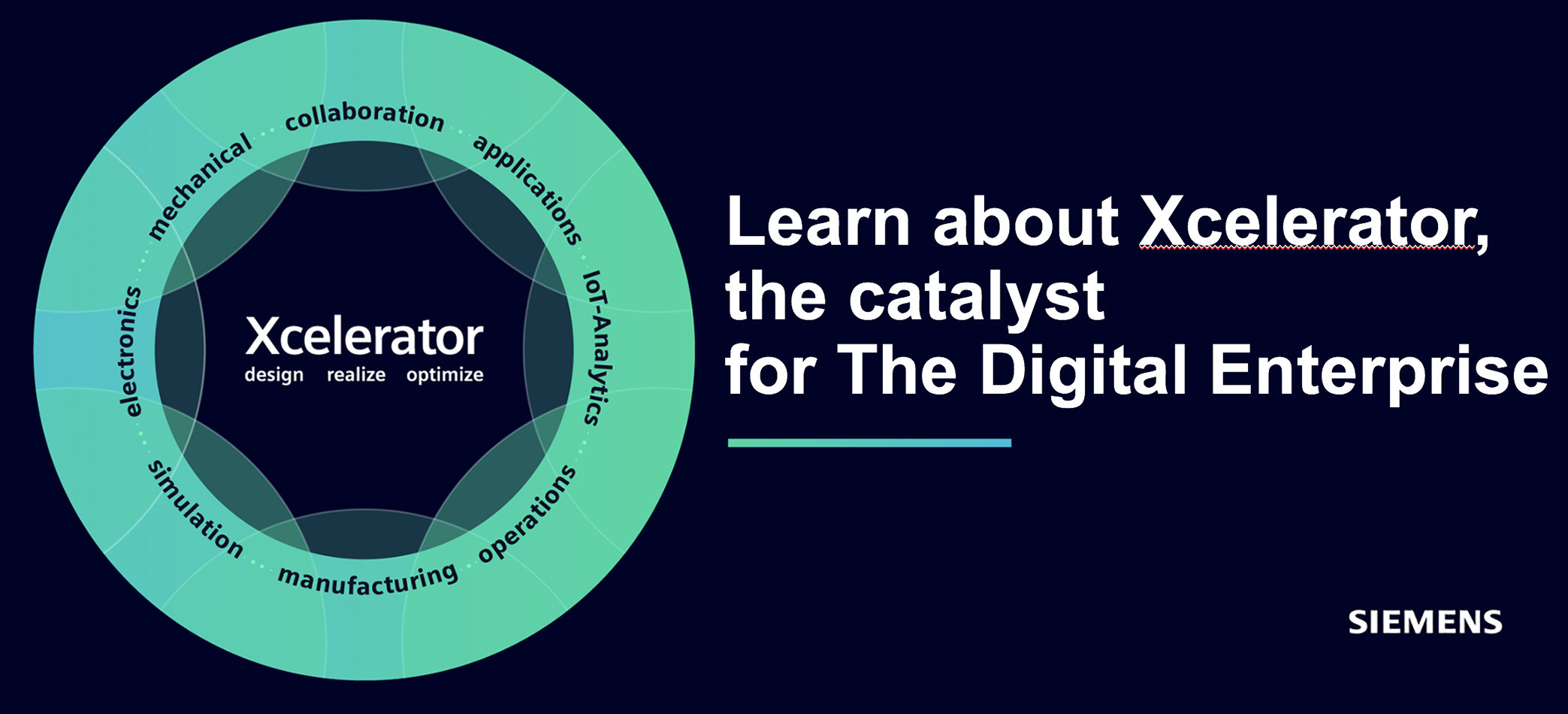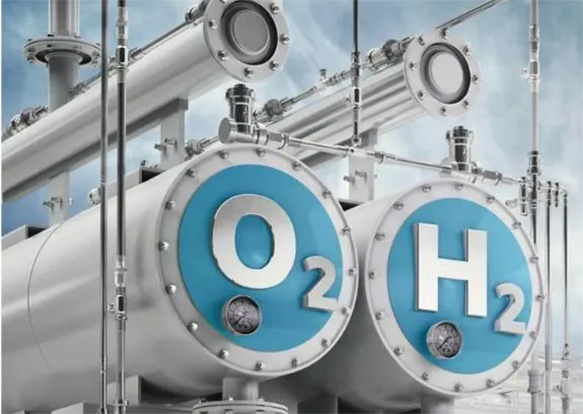With COMOS, Siemens claims to be, “the only company in the world to offer a software solution for the integrated management of civil engineering projects – from construction, operation and modernization to decommissioning.”

In the new concept for hydrogen plant design, the COSMOS AI engineering assistant is thus launched, which, based on the capabilities of COSMOS, can create equipment specifications and diagrams based on natural language descriptions and automatically supplement or correct models and drawings. The assistant can also provide support during multi-domain phases in design or cross-product workflows by converting models, drawings and information structures, for example for simulation programs such as SIMIT from Siemens. The SIMIT Simulation Platform enables extensive testing of automation applications and provides a realistic training environment for operators – even before the plant starts up.
On top of this, users can also use COSMOS AI to retrieve information from technology-relevant products – at their own request or suggested by the assistant. In this way, the assistant provides answers to documentation, specifications or technical details. By embedding images, scans or PDF files, it can also proactively deliver relevant resources and turn them into accurate diagrams and models.
In the case of the Siemens gPROMS Process, it is a next-generation process modeling environment that supports the entire concept-to-operation process design cycle; which can therefore also be linked to the new design approach for hydrogen production solutions.

AI upgrade for the distributed control system
In order to then simplify the automation of processes in hydrogen plants, Siemens is also launching an innovative module for the Simatic PCS neo distributed control system: SFC Generation. The module is integrated into the process control system and can create so-called sequential function diagrams (SFC) using generative artificial intelligence. These diagrams provide a visual representation of process logic and allow users to easily manage complex workflows. This is possible based on specific prompts or by copying a prose process description into the module’s chat window.
The Hydrogen Plant Configurator will be available on the Siemens Xcelerator Marketplace from the end of calendar year 2024, while COSMOS AI and SFC Generation are expected to be available from the beginning of 2025. Siemens will present the new AI tools at this year’s Achema trade show in Frankfurt 10-14 June 2024 (hall 11).






